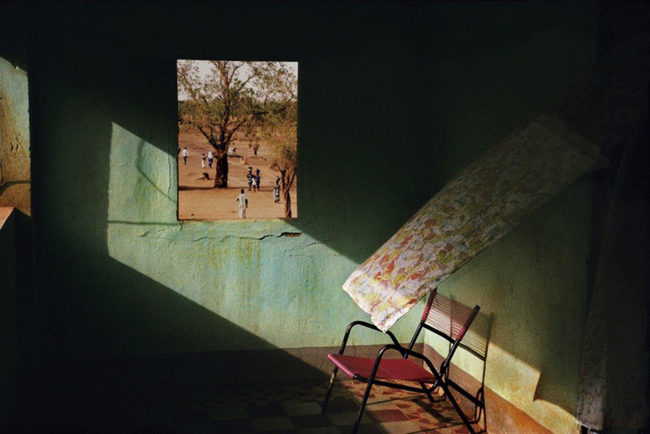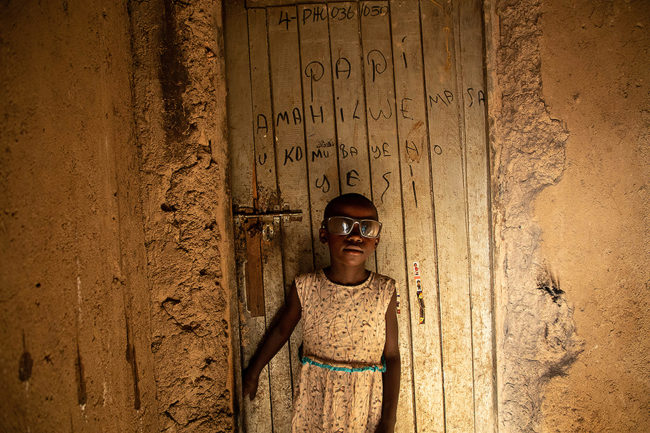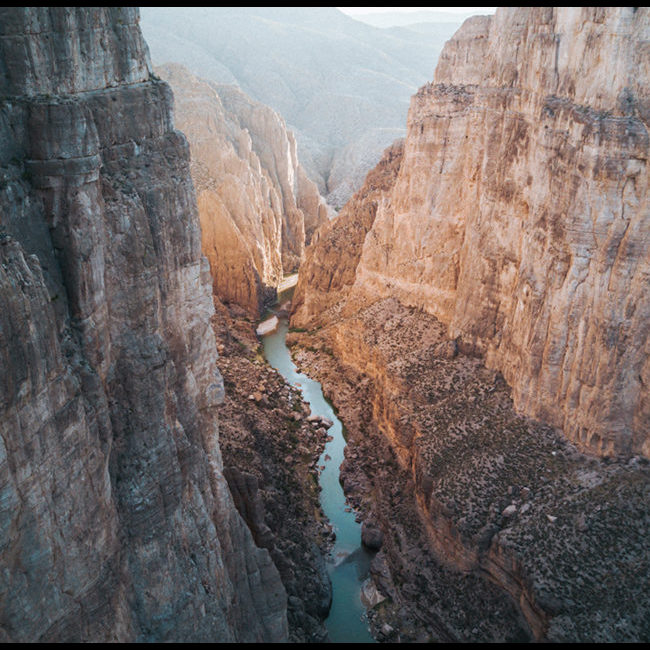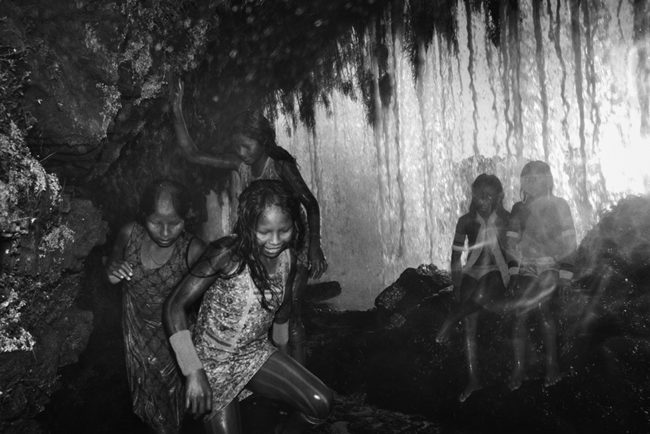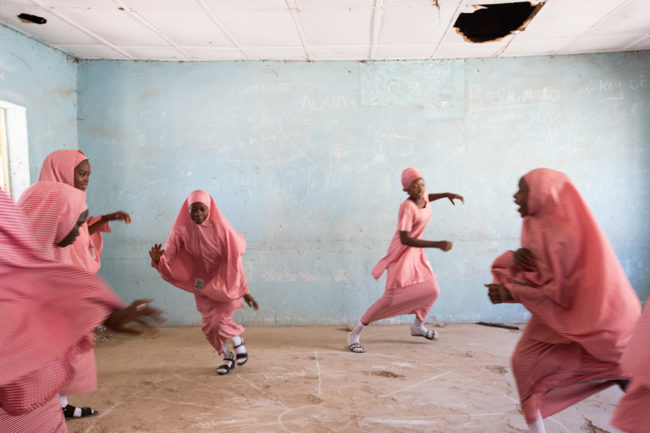John Myers took the photographs for his new book End of Industry in the Black Country a part of England that was famous for making things from metal in the mid-1980s. At the time though Myers had no sense that the foundries, yards and factories they depicted would shortly join many other iron and steel and metal-bashing companies in the region and be gone for good. The images have really been re-discovered after years of obscurity and stand testimony to something that was.
Changes occurred in the early 1980s that hit metal manufacturing particularly hard. A record number of bankruptcies resulted in high levels of unemployment. Factories either closed completely or realigned their business model to warehousing and retailing components that had been manufactured overseas. Foundries, forges and steelworks – not easily transformed into industrial units or office space – quickly morphed into housing estates, enterprise zones or retail parks.
The change was rapid and irreversible. A landscape that had been formed by the Industrial Revolution disappeared.
According to Myers, “Clearly the distress, upheaval and economic chaos of the early 1980s was sufficient in itself – but it has only been recently that I have begun to realize that in their modest and incomplete way these photographs capture one of the major changes to British landscape and society in the last half of the twentieth century: the end of manufacturing and the emergence of the world of warehousing, logistics, retailing and tarmac.”
The black and white images have flat light and a deadpan style. There is no excess, in subject or style. It’s this that adds to the profound nature of the collection, and hints at the importance, and sadness, of the issue. Myers made the images in this series, like all his work of that time, with a “cloth-over-the-head” Gandolfi plate camera set on a tripod. The long exposure perhaps added to the air of resignation in the foundry worker’s face, or in the shoulders of the woman beside her table piled with muck in the brick factory, or the concentration in the posture of the lathe operator.
He always worked within in walking distance of him in Stourbridge and deliberately chose everyday scenes and places. It was a decision that was partly practical, he says, helping him fit photography in around lecturing at Stourbridge College of Art. He worked there until 1989 when he gave up photography for painting.
— Samantha Reinders
The End of Industry
John Myers
RRB Books
August 2019
Related Articles
Photographing Where London Ends
A 1980s Study of Declining American Cities
Simon Roberts’ Landscape Photos Illuminate Post-Brexit Britain

